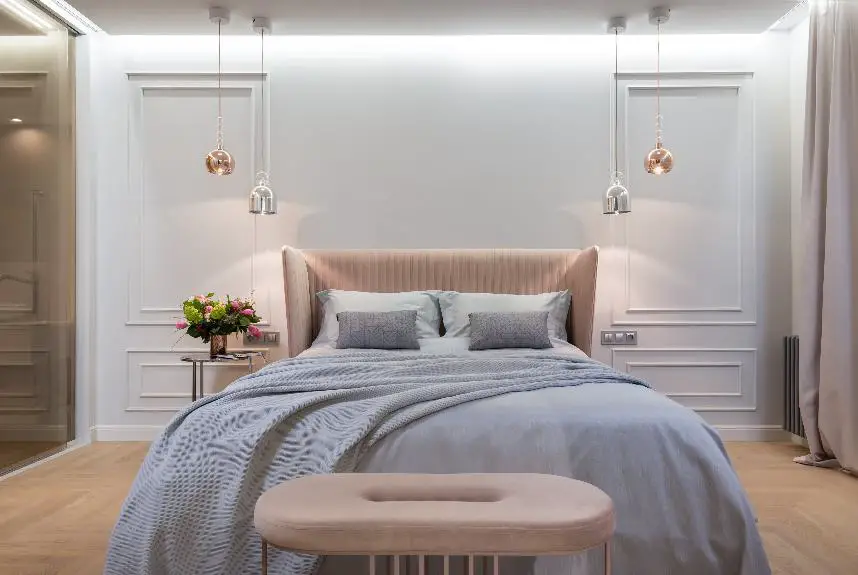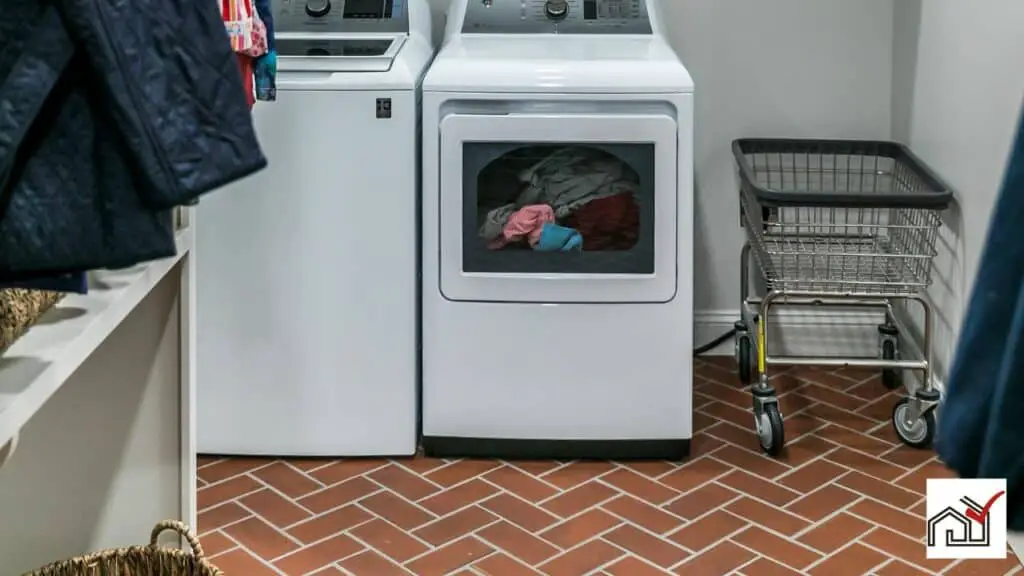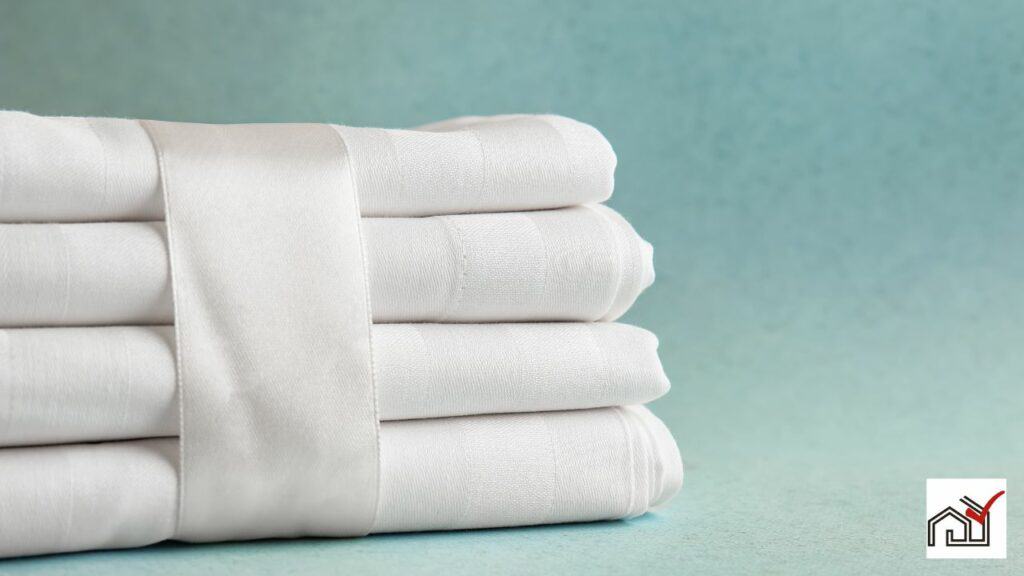Nightstands can be used as end tables. These furniture pieces often serve similar functions, providing surface space and storage like drawers or shelves.
To use a nightstand as an end table, one should check if its size, height, and style fit well with the living area.
This discussion will look at how nightstands can effectively function as end tables in different rooms.
Understanding Furniture Versatility
Nightstands are increasingly used as end tables in living rooms, showcasing their versatility. Originally intended for bedrooms, they now offer storage and surface space next to sofas and chairs for items like lamps and drinks.
Mid-century modern nightstands feature open shelves and sleek legs, providing a functional yet unobtrusive presence suitable for small spaces. Vintage nightstands combine drawer storage with open shelves, allowing for organized storage and display areas, adding character to a room.
Contemporary nightstands come in various styles and finishes, fitting diverse interior designs and enhancing living spaces with their functionality.
The trend of using nightstands as end tables reflects the adaptable nature of furniture, enabling pieces to serve multiple purposes across different rooms.
Nightstands and End Tables: A Comparison
Nightstands are usually placed by the bed and are designed to hold items such as books and medication. They often have drawers or shelves. Their styles range from sleek, modern looks to vintage designs with a combination of storage options.
End tables are small tables placed next to a couch or chair in the living room. They are used for setting down drinks, supporting lamps, or displaying decor. End tables typically have less storage than nightstands and are more open.
Whether nightstands and end tables can be used interchangeably depends on the specific furniture pieces. Modern nightstands may fit well in living rooms as end tables. Small, vintage end tables could also work as nightstands, especially in limited spaces.
Style Considerations for Dual Use
Using nightstands as end tables in the living room is both stylish and functional. The key is choosing a piece that fits the room's decor and serves as a versatile nightstand.
Mid-century modern nightstands are suitable for modern interior designs, offering open shelves and slim legs that do not take up much space. They suit minimalist or Scandinavian styles and provide space for displaying items.
Vintage nightstands as end tables add character with a mix of drawer storage and open shelves, creating an eye-catching element in the room.
Contemporary nightstands work well in bright spaces, with clean lines and finishes like marble adding sophistication.
In small living rooms, compact end tables fit well next to sofas, offering design and storage without overwhelming the space.
A well-chosen nightstand as an end table can be both functional and a stylish focus in a seating area.
Size and Height Alignment
Choose a nightstand that matches the height of the sofa arm for a balanced look and ease of use as an end table. The nightstand should ideally be within two inches of the sofa arm's height. Measure carefully when using a nightstand as an end table to ensure it fits these requirements.
A nightstand that is too tall or too short can disrupt the room's visual balance and make it difficult to access items. The nightstand's size should be appropriate for the living room, similar to typical end tables, for a cohesive appearance.
An oversized nightstand can limit space and hinder movement in the living room, while one that is too small may not hold essential items like lamps and decor. Selecting a nightstand with proper size and height alignment ensures it integrates well with the living room's design and function.
Storage Solutions and Limitations
Nightstands can function as end tables in a living room, providing storage options. They come in different styles, with some featuring open shelves for displaying items and others with closed drawers for hiding clutter. Vintage nightstands may be larger and offer more storage, while modern designs might have features like three-drawer configurations for a cleaner look.
However, there are drawbacks to using nightstands in a living room. They are typically built for bedrooms, so their storage might not suit living room needs. Their size may also not match other living room furniture, potentially affecting the room's aesthetic. Additionally, placing a nightstand between armchairs requires careful planning to avoid obstructing movement or seating functionality.
Creative Repurposing Ideas
Using a nightstand as an end table in the living room can be practical and stylish. Nightstands provide storage and a surface for items like books, remotes, and decorations. When repurposing one, it's important to match its height with the furniture it will be next to for a cohesive look.
Older, vintage nightstands tend to be larger and can serve as statement pieces, offering storage and display space. They add a nostalgic element to the room.
Modern nightstands, with their simple designs and finishes, can fit into various living room styles and show the versatility of furniture in different settings.
For smaller spaces, compact nightstands can work well as end tables, saving space while maintaining functionality.
Accessorizing Your Multi-Purpose Piece
Accessorizing your multi-purpose nightstand-end table fusion can improve both its function and style, allowing it to blend well with your living space. As furniture designed for both bedrooms and living rooms becomes more common, finding ways to use an end table next to a sofa or armchair has become an exercise in creativity and style. It's important to recognize the piece's versatility and choose accessories that enhance both its design and practicality.
For a mid-century modern nightstand that doubles as an end table, a simple approach works best. A streamlined table lamp or a few coasters can preserve its sleek design while adding convenience. Its open shelves are ideal for showcasing a selection of books or small plants, which can bring vibrancy and color to the room. Meanwhile, closed compartments offer hidden storage to keep the area tidy.
When choosing accessories for your multi-purpose piece, aim for a balanced look. A larger vintage nightstand might be decorated with both ornamental and functional items. A decorative vase or an antique clock might draw attention and invite conversation, while the drawers could be used to store items like remote controls and cables out of view. For modern-style nightstands, select accessories that reflect their contemporary design, such as a geometric bowl or a metallic picture frame, to complement the stand's modern finishes, particularly in airy and well-lit rooms.





